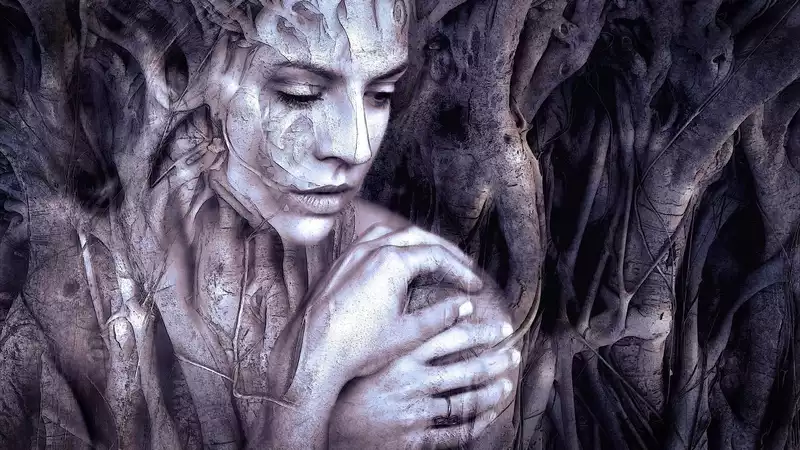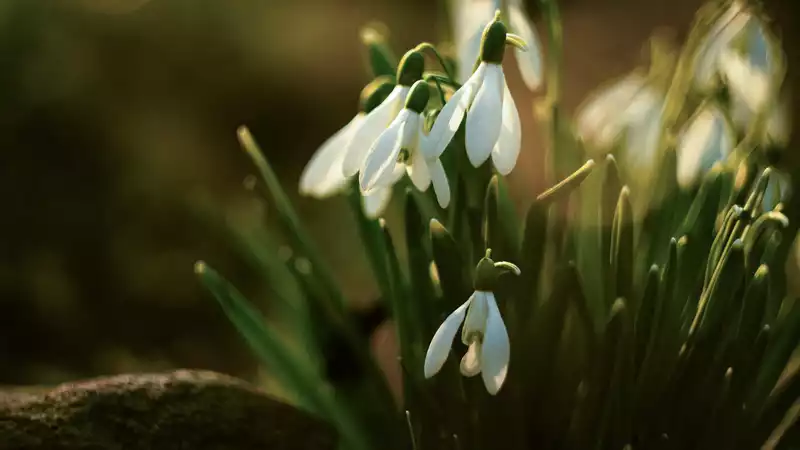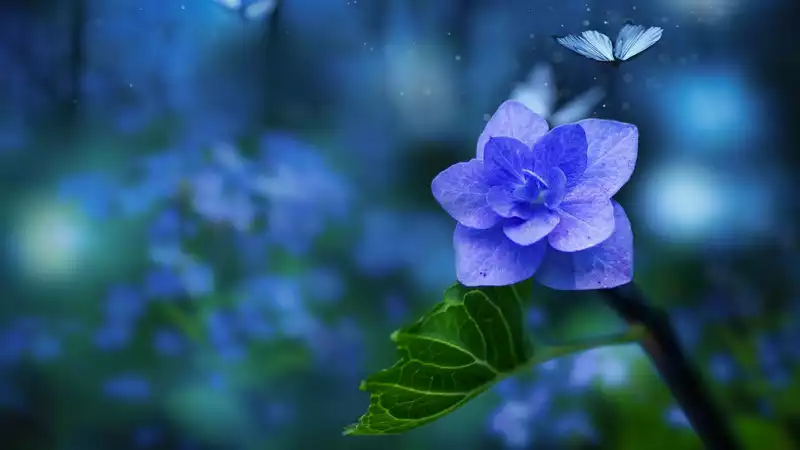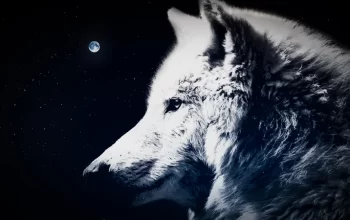
Spring is associated with fertility and abundance in many communities and is symbolized by the color green or turquoise. Therefore, the first myhological creatures that come to mind when spring is mentioned are mostly fertility gods or goddesses. So, here are eight mythological creatures from all over the world who are associated with spring:
Persephone

In Greek mythology, she is the daughter of Zeus, the god of sky and thunder, and Demeter, the goddess of agriculture and harvest. Her real name is Kore, she took the name Persephone after she was kidnapped underground by Hades, brother of Zeus.
When Zeus was unresponsive to this abduction, Demeter left her goddess role and decided to live like a mortal. After the soil lost all its fertility, Zeus asked his brother Hades to release his daughter. When Zeus was unresponsive to this abduction, Demeter left her goddess role and decided to live like a mortal. After the soil lost all its fertility, Zeus asked his brother Hades to free his daughter. Hades freed the goddess, but fed her pomegranates before she left the underworld. Because, according to the legend, someone who eats something from the underground has to return there one day. For this reason, Persephone comes to the earth every year with the spring and returns to the underground with the onset of winter. The day she comes to earth, nature begins to green and trees begin to bloom.
Persephone’s going underground every winter and returning to the earth every spring also symbolizes resurrection. Therefore, reliefs symbolizing Persephone can be seen on many sarcophagi from the Ancient Greek period.
Ostara

Ostara, also known as Ēostre, is the name of a goddess associated with spring in West Germanic mythology. Some researchers are skeptical about the existence of Ostara. Because much of what is known about Ostara today is based solely on the writings of the English Monk Beda Venerabilis, who died in 735.
Ostara is also the name of a festival celebrated by neopagan groups on the spring equinox. Fertility, rebirth, abundance and balance are the most common keywords used to describe Ostara. During the Ostara festival, people usually pray to the Goddess Ostara, consume eggs and spring vegetables, and decorate their homes with green plants and flowers that symbolize spring.
Brigid

Brigid, also known as Bríg in Irish mythology, is a goddess from the Tuatha Dé Danann. She is often associated with healing, spring, wisdom, nature and poetry. In Early Age sources it is written that she is the daughter of Dagda, one of the most important deities of Irish mythology and similarly associated with wisdom, agriculture and fertility.
Imbolc, one of the traditional pagan festivals, is usually held in honor of the goddess Brigid.1 The festival, held on February 1 (August 1 in the Southern Hemisphere), marks the upcoming spring.
Flora

In Roman myths, she is a goddess associated with flowers, grains and spring. That’s why she is usually depicted with colorful flowers on her head. The word flora, which is used today to mean “plant species in a region”, comes from the name of this goddess.
The goddess Flora has been the subject of both painting and sculpture throughout history. A temple dedicated to Flora was built in ancient Rome, and spring festivals were held in her honor every April 28 to May 3.
Yaşıl Han

In Turkic mythology, it is the name of a mythological creature associated with spring and the color green. He is one of the sons of Ülgen, the god of mercy and goodness. His most important task is to make trees that shed their leaves in the fall green again in the spring. Therefore, in summary, he is responsible for the greening of plants.2
In Turkic communities, the color green and nature have always been associated with life.
Khidr

He is a sage who drank from the fountain of youth, whose name means green. Khidr is a syncretic figure and is mostly known around Central Asia, the Near East, Anatolia and the Balkans. He is usually depicted in green, sometimes with fish. He can walk on water, and can take on various disguises. “Help, O Khidr” is a phrase that is said quite often because he helps people in need.
It is believed that on May 6, also known as Hıdırellez, Khidr and the prophet Elijah met on earth. On that day, people make wishes from Khidr. They draw whatever they want, such as a house or car, on a piece of paper, and hang them on the trees so that Khidr can see. Sometimes they leave these papers in a sea or a river and hope that thet will reach Khidr. These wishes are sometimes not drawn on paper, but directly modeled with materials that can be easily shaped, such as cardboard or wood.
Yarilo

In Slavic mythology, he is a kind of abundance and nature god, also known as Jarylo. Some of the spring festivals held in Slavic communities are dedicated to Yarilo.
Yarilo is often depicted with wheat and flowers. The arrival of spring depends on Yarilo’s return from the underworld. In this respect, he reminds Persephone in Greek mythology.
Kostroma

She is the daughter of Simargl, the god of fire in Slavic mythology, and Kupalnitsa, the goddess of night. Her name is mostly found in East Slavic myths. She is usually depicted as a beautiful woman in white and with tree branches in her hand.3
Kostroma is associated with spring and fertility. However, one day she accidentally married her brother Kupalo, and then they both committed suicide. The other gods, saddened by suicide, turned them into flowers.
- “Celtic Culture: A Historical Encyclopedia”, John T. KOCH, ABC-Clio, ISBN: 9781851094400[↩]
- “Türk Söylence Sözlüğü“, Deniz KARAKURT[↩]
- “Illustrated Encyclopedia Of Ancient Slavic Gods And Spirits”, Olga & Elena KRYUCHKOVA, Babelcube Inc. ISBN: 9781386400011[↩]



